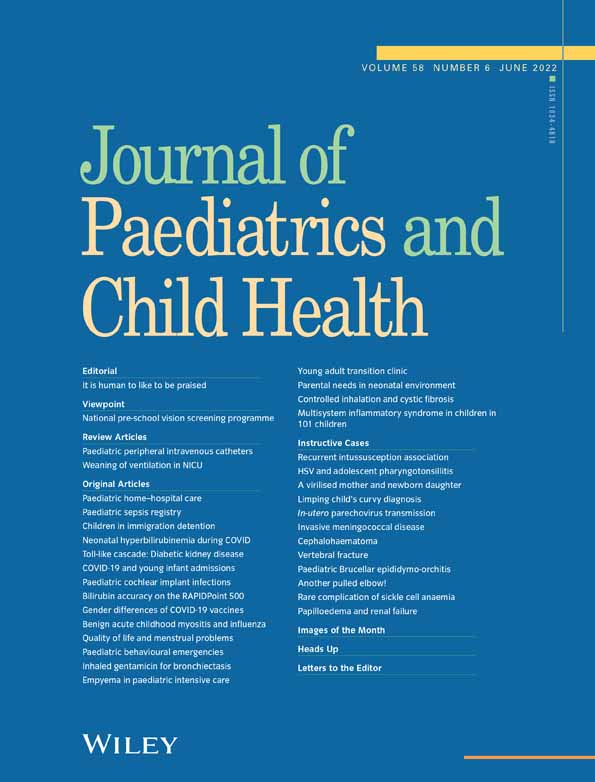Benign acute childhood myositis associated with influenza A/B in the paediatric emergency department and the efficacy of early-onset oseltamivir
Conflict of interest: The authors declare that there is no conflict of interest.
Abstract
Aim
To investigate the association of benign acute childhood myositis (BACM) with respiratory viruses. Also, we aimed to assess the effect of antiviral treatment on the improvement and complications.
Methods
This study was conducted at an urban-academic emergency department during four influenza-seasons (2016–2019), retrospectively. Demographics, clinical findings, laboratories, metabolic disease analyses and serological features were extracted from the medical records. Treatments, complications and outcomes were also recorded.
Results
A total of 114 children were included. The median age was 7.0 (min 1.25–max 17) years and 78.9% were male. The most common symptoms were leg pain (91.2%), anorexia (54.4%), fever (45.6%), sore throat (42.1%) and walking difficulty (32.5%). On admission, the median creatine phosphokinase level was 3332 IU/L (range, 1634–50 185), median aspartate aminotransferase 107 U/L (range, 38–1798). In the multiplex polymerase chain reaction analysis, 40.4% influenza B, 36.8% influenza A, 7.8% adenovirus, 7.8% parainfluenza virus, 5.3% rhinovirus, 5.3% respiratory syncytial virus and 1.8% Mycoplasma pneumoniae were detected. Rhabdomyolysis was developed in 6.7% and acute renal failure was seen in two patients. Oseltamivir was given in 44 (38.6%) patients who had influenza A/B. Metabolic disease screening tests were performed in 33.3% of patients and metabolic diseases were detected in 4 (3.5%) patients. The median recovery time was lower in patients with oseltamivir treatment (4 (min 2–max 5) − 5 (min 3–max 10) days) (P < 0.001).
Conclusion
Rhabdomyolysis is more common in BACM due to the influenza A virus. The early use of oseltamivir treatment was significantly associated with a shorter recovery time.




